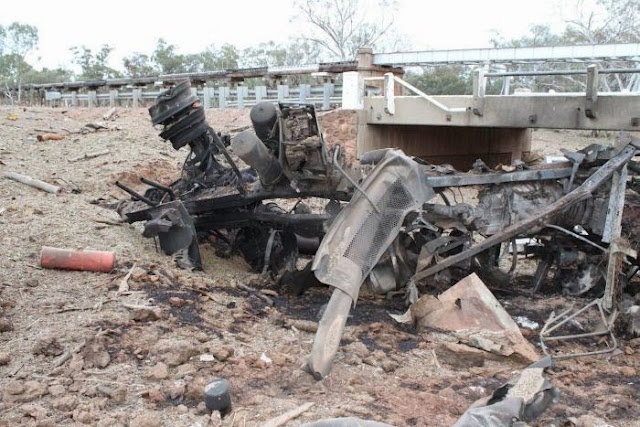Corporate Management Isn't Democratic
I didn't get the significance of the separation of powers until I had the need to understand a little of administrative law.
What I learned was that the democracy has a number of checks built in to limit abuses of power.
The "separation of powers" refers to three groups that exercise power:
- The executive arm of government,
- The parliament, and
- The judiciary
The executive arm of government is the Crown (or President in democratic republics), the Prime Minister and Cabinet, and the public service bureaucracy.
The parliamentary arm is the two houses of parliament with the power to review, amend and pass legislation.
The judiciary is the system of Courts and Judges with the power to review decisions of the executive arm of government to ensure they are consistent with the laws passed by parliament.
These built-in limits are essential to a healthy democracy. They stand in the way of corporate managers who aren't accustomed to having their decisions challenged.
.@SenWarren challenges #Obama (& #Clinton) on 'free trade' & #TPP's #ISDS system: http://t.co/BTgeD8FqjQ #p2 #1u pic.twitter.com/mfErI6CL8e
— Sarah Reynolds (@Sarah__Reynolds) April 12, 2015
High Court rejects big tobacco's challenge to plain packaging laws http://t.co/E0hPveXQaB via @ABCNews
— Askgerbil Now (@Askgerbil) January 31, 2015
Hilarious John Oliver satire explains the issues with #TPP/#ISDS https://t.co/m4nDCNuXQI @ABCNews24 Corporations attack #democracy #auspol
— Askgerbil Now (@Askgerbil) April 1, 2015
The TPP would let fossil fuel companies sue governments to dig up fossil fuels. Tell Congress #noTPP now: http://t.co/Q5C809tJKg
— Lisa Quinto (@LisaQuinto) May 30, 2015
 |
| 18th Royal Irish Regiment storming Amoy, First Opium War, 1841 |
Opium Wars
The Opium Wars arose from China’s attempts to suppress the opium trade. British traders had been illegally exporting opium to China, and the resulting widespread addiction was causing serious social and economic disruption in the country.In 1839 the Chinese government confiscated all opium warehoused at Canton by British merchants.
The outraged merchants lobbied the British government for assistance. A British naval fleet arrived in June 1840, attacking along the Chinese coast. With their inferior military technology, the Chinese were no match for the British and, after a series of military defeats, they agreed to sign humiliating peace terms.
These stipulated that China pay a large fine to Britain, open up five more ports to foreign trade, give the British a 99-year lease on the island of Hong Kong and offer British citizens special legal rights in China.
Related material
The scariest treaty you've never heard of
It's the biggest trade deal that you've never heard of. Find out why Australians haven't heard of the #TPP http://t.co/sgSWiHejuK via @GetUp
— Carol Walden (@homeofgoingreen) January 26, 2015
Breaking '08 Pledge, Leaked Doc Shows Obama Wants to Help Corporations Avoid Regulations
DemocracyNow.org -A draft agreement leaked Wednesday shows the Obama administration is pushing a secretive trade agreement that could vastly expand corporate power and directly contradict a 2008 campaign promise by President Obama. A U.S. proposal for the Trans-Pacific Partnership (TPP) trade pact between the United States and eight Pacific nations would allow foreign corporations operating in the U.S. to appeal key regulations to an international tribunal. The body would have the power to override U.S. law and issue penalties for failure to comply with its ruling. We speak to Lori Wallach, director of Public Citizen's Global Trade Watch, a fair trade group that posted the leaked documents on its website. "This is not just a bad trade agreement," Wallach says. "This is a 1% power tool that could rip up our basic needs and rights."
To watch the complete weekday independent news hour, read the transcript, download the podcast, search our vast archive, or to find more information about Democracy Now! and Amy Goodman, visit http://www.democracynow.org/
Government is the means by which the people exercise political power http://t.co/7r1ZIHgg7s Shorter: http://t.co/wcNYnhtPDs #auspol
— Askgerbil Now (@Askgerbil) September 29, 2014







